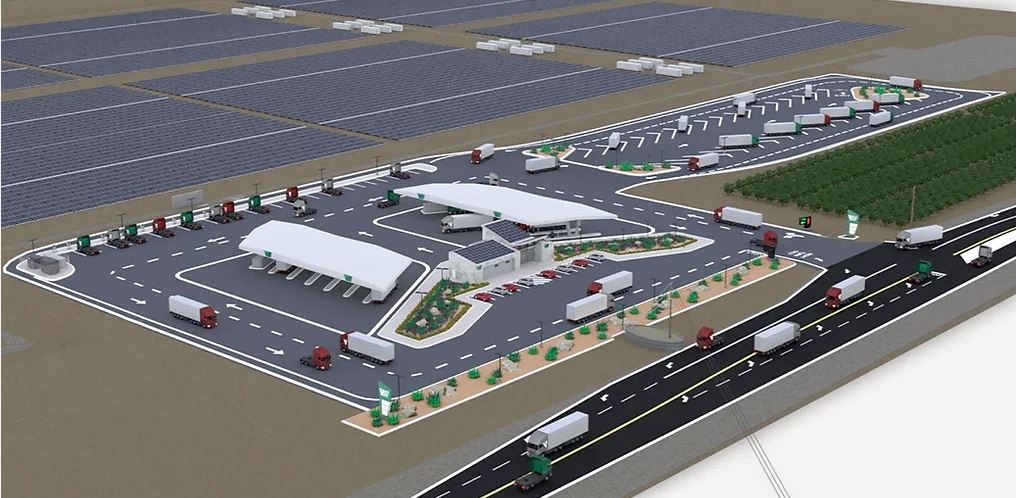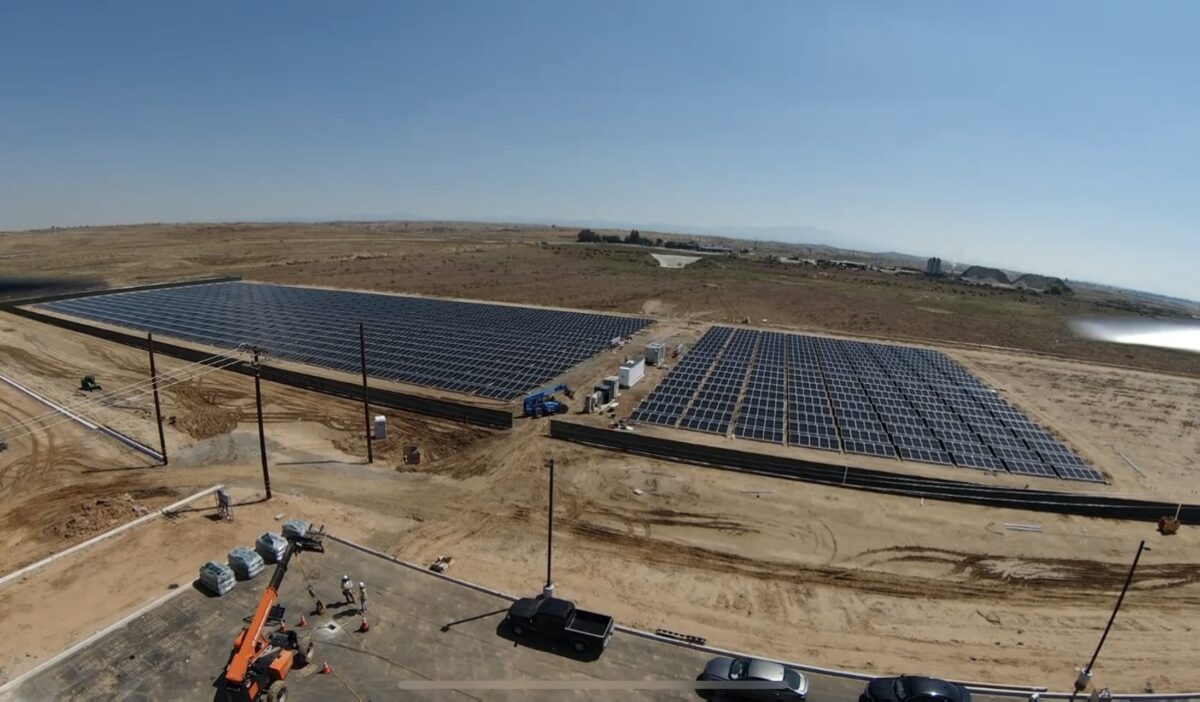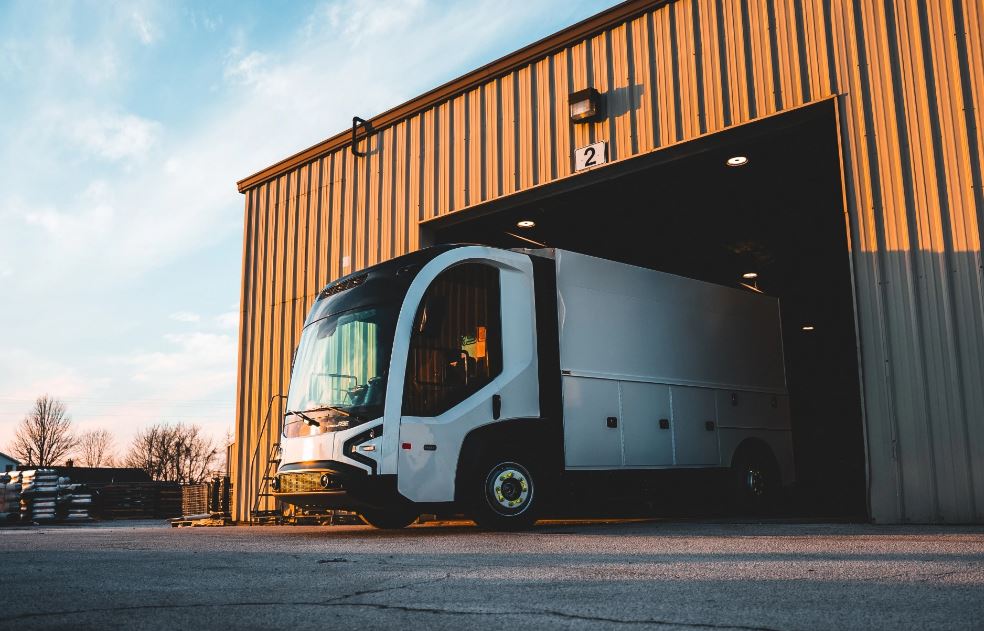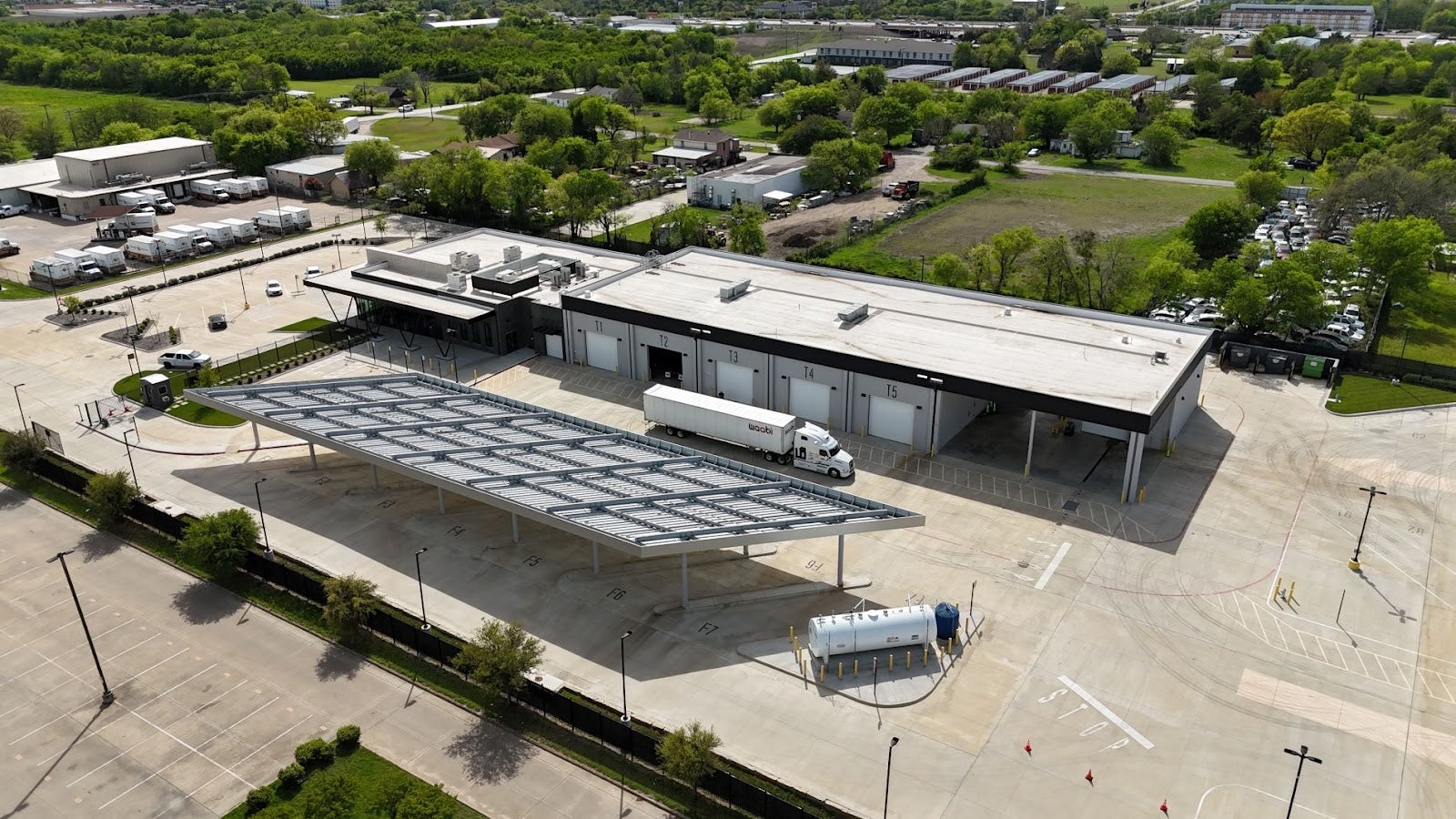But the potential energy efficiency gains could be far greater.
In a white paper released Tuesday, Aurora Innovation AUR looked at immediate, medium- and longer-term opportunities and found some obvious and not-so-obvious savings.
The headline factoid: Autonomous trucks could achieve 13%-32% net energy efficiency improvement per loaded mile compared to human-driven miles. It is a lot to digest.
Aurora makes its case
Aurora points to this potential benefit as it readies commercial operation of 20 driverless trucks in Texas later this year. Autonomous trucks have their detractors. Two out of three Americans are scared of autonomous trucking, according to AAA. The Teamsters are pushing state by state to keep safety drivers in autonomous trucks for safety and job retention.
Pittsburgh-based Aurora also points to emission reductions that autonomous trucks can foster.
"While no single solution will solve the emissions crisis, autonomous trucks present a significant opportunity to improve the sustainability of freight-hauling fleets and reduce emissions in the transportation sector" according to the white paper authored by Garrett Bray, who has a Ph.D. in engineering and leads several functions at Aurora including sustainability.
No more beat the clock
Long-haul truck drivers most often get paid by the mile. So some drive fast to make more money and to beat the clock that limits them to driving 11 hours a day. Autonomous trucks will get paid by the mile. But they can operate up to 24 hours a day and maintain a slower speed. Aurora most often limits its highway speed to 65 mph, even in Texas where 75 mph is allowed.
Slowing down reduces aerodynamic drag by 14%-25% and cuts energy consumption by 9%-17%, efficiency measures promoted by the American Trucking Associations.
Idling is another waste of energy. The North American Council for Freight Efficiency pegs idling — where a human driver is sleeping, eating, working or relaxing — at 45% or more of the time a truck is running. An autonomous truck does none of that. Still, the maximum potential savings are realized when driverless trucks limit how long they sit with the engine running at terminals following hub-to-hub runs.
The white paper also offers suggestions for reducing deadhead miles — traveling with no cargo load. The ATA estimates that makes up 15% of trucking miles.
Robots don't sleep
Human drivers learn over time how to drive efficiently. It doesn't mean they all do so, however.
Autonomous trucks know what's coming on a route and make the most of acceleration, braking and coasting. And they can communicate that to other robot-driven trucks.
In the medium term, disengaging a truck's driveline while on downhill grades to drop engine speeds to idle is another efficiency-boosting move.
Since robots don't sleep, there is an opportunity to move more freight at night when traffic congestion disappears. Human vision and sleeping habits are better suited to daytime driving. Robots don't have those issues.
The role of alternative powertrains
Battery-electric and hydrogen-fueled trucks do not figure into Aurora's efficiency calculations per se. But nonetheless, they count.
"Autonomous trucks are better able to manage the range and charging/fueling limitations of electric trucks because they do not have hours-of-service limitations and hourly labor costs" the paper said. "Therefore, autonomous vehicle technology is well-positioned to be a leading use case for next-generation powertrains in long-haul trucking."
Bray, the study's author, discussed this among the longer-term opportunities for autonomous truck efficiency in this week's "Five Minutes With …"
Garrett Bray studied possible energy and environmental benefits of autonomous trucking.
Paccar's stock rocket coming back to earth
Paccar Inc. PCAR beat analysts' top- and bottom-line estimates when it reported slightly better-than-forecast first-quarter earnings Tuesday. A few analysts even congratulated the company on a good quarter on the earnings call. So why did the company's shares plummet 6.63% or $7.53 a share?
Well, Tuesday was an overall down day for industrial stocks. But Paccar took a bigger beating than its peers because its shares have skyrocketed to nosebleed territory over the past year.
Paccar's 52-week high is $125.50. Its low is $66.17. Profit-taking kicked in late March, and shares began falling before closing Tuesday's at $106.11.
Better margins, market share and parts profits — all for naught?
All Paccar, the parent of Kenworth, Peterbilt and Europe's DAF Trucks, has done is improve gross margins to better than 19%, raised medium-duty truck market share from 14.5% to 17% from the fourth to the first quarters, and set quarter after quarter of record sales and profits in its aftermarket parts business. Paccar even raised its quarterly dividend to 30 cents from 27 cents.
So, what gives?
One analyst told me the company may have spooked investors looking for a reason to take profits. Lowering its estimate for industry Class 8 truck sales for 2024 to a midpoint of 270,000, could have done it. Short sellers might also be a factor. If shares climb, hedge funds betting the stock price would drop would have to cover their positions by buying shares.
CEO Preston Feight told analysts Paccar expects strong sales in 2025 and 2026 ahead of 2027 pollution regulations requiring additional emissions equipment and warranties that could add $25,000 to $40,000 to the price of a new heavy-duty truck. The so-called "pre-buy" could already be underway because of new rules in California this year.
WattEV set to open its showcase charging property
When WattEV initially broke ground for a futuristic charging depot for medium- and heavy-duty trucks in Bakersfield, California, in December 2021, the artist renderings had a touch of the fantastical.
Next week, it will become reality.
The 115-acre large-scale truck installation strategically located near major transport corridors also could improve air quality in the agricultural San Joaquin Valley, the southern half of California's Central Valley.
The site will have 50 charging dispensers. Three of those are megawatt charging system (MCS) dispensers with 1.2 megawatts each collectively powered by 3,000 amps. Such amperage is more powerful than lightning and would vaporize anything in its path.
Megawatt charging a little ahead of its time
WattEV can use the MCS units at lower output to charge multiple vehicles at one time. A prototype Mercedes-Benz eActros 600 in Germany recently received the first MCS test of a 1,000-kilowatt charge from a Siemens dispenser. But battery-electric trucks capable of accepting such a large load are years away.
The WattEV site also features 32 power dispensers with 16 dual-cord, 360-kilowatt chargers, allowing two trucks to charge at 175kW, in line with current receiving capability of many current-generation electric trucks. The site also will have 15 Combined Charging System dispensers capable of charging at 240kW.

WattEV's 2021 rendering for the futuristic truck charging depot opening next week in Bakersfield, California. (Image: WattEV)
"We have been strongly pushing [MCS] forward. We have had some soft commitments from Volvo and Daimler, but they won't give a detailed timeline" CEO Salim Youssefzadeh told me last August. "Tesla is also somewhat committed to MCS. They're using an earlier (750kW) prototype on the Tesla semi."
To protect against utility demand charges for peak charging times, the Bakersfield site has 5 MW of solar power and 3 MW of on-site batteries.

The solar field that WattEV is installing near Bakersfield will provide 5 megawatts of electric power to its truck charging site. (Photo: WattEV)
Briefly noted …
Hyliion Holdings HYLN narrowed its losses in the first quarter, but much of that was due to shelving its Hypertruck ERX powertrain to focus on its Karno linear generator.
Cobb County, Georgia, an early adopter of advanced vehicle technology, has one of the first Pritchard EV by-wire Ree P7-C demo chassis with a body by Knapheide in its fleet.

The fully by-wire driven Ree P7-C chassis from Pritchard EV with a body by Knapheide is taking to the streets of Cobb County,
Georgia. (Photo: Pritchard EV)
In a repeat of last year, California legislators from both major parties are advancing Teamsters-backed bills that would block autonomous trucks from the state's roadways.
Waabi, the autonomous truck startup focusing on generative AI, is leasing an autonomous trucking terminal in a Dallas suburb to serve as the center for the company's Texas operations.

Autonomous trucking startup Waabi is leasing a terminal for its Texas operations. (Photo: Waabi)
Daimler Truck North America DTGHF is expanding the use of battery-powered electric trucks for in-bound logistics to five states and Saltillo, Mexico.
Autonomous distribution yard technology leader Outrider has secured its 11th patent — determining where a trailer vis-a-vis a self-driving tractor.
Toyota Motor North America TM is renaming its research and development office in Gardena, California, as its new North American Hydrogen Headquarters.
Stellantis STLA is planning a hydrogen-powered fuel cell version of its Ram 5500 HD pickup and chassis cab pickup for North America, according to a report in a German newspaper.
Nikola NKLA Chairman Steve Shindler is fielding shareholder questions over a company push for approval of a reverse stock split at its annual meeting June 5.
Editor's note: Shindler's name was initially misspelled in the April 19 edition of Truck Tech.
Truck Tech episode No. 64: Rewiring the Volvo VNL improves connectivity for drivers and fleets
Chayene De Souza has worked on the new Volvo VNL since its inception in 2017.
That's it for this week. Thanks for reading and watching.
The post Could autonomous trucks help save the planet? appeared first on FreightWaves.
© 2025 Benzinga.com. Benzinga does not provide investment advice. All rights reserved.
Trade confidently with insights and alerts from analyst ratings, free reports and breaking news that affects the stocks you care about.